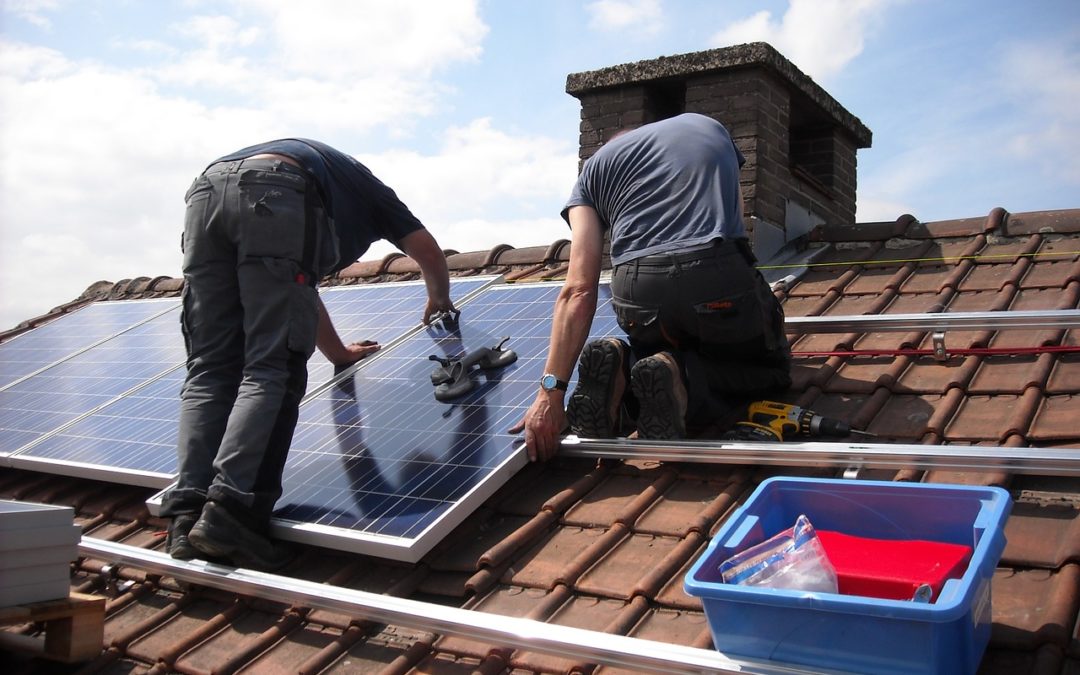The solar revolution is about to take off in a major way. Solar needs no subsidies or tax breaks from the government, and solar installations are happening by the hour.
In order for solar power to be effective for your home, you need solar panels installed on your roof – but before you do this, you have some research ahead of you that will help you understand what’s going on under your roof – literally.
Before you have solar panels installed on your roof, understand some of the pitfalls, such as voiding your warranty on your roof and so much more.
Knowing how solar panels are installed can help you understand what you’re getting into, what the solar panels mean for your rooftop, and other factors that might not be clear at first glance. This article should help:
- Know what solar installation means in terms of the solar panel’s potential and longevity.
- Understand exactly where solar panels will go (and where they won’t) once installed on your roof.
- Know what problems or risks solar installations may cause for homes with older roofs.
Solar Panel Longevity
Solar panels are designed to last for 25-30 years, but this doesn’t mean they stop producing electricity after 20 or 30 – it just means that the energy production has declined by what manufacturers consider significant. Solar panel damage usually occurs due to external factors like poor racking setup and weather conditions which result in decreased output over time.
Solar power is a great way for homeowners to cut their energy bills. However, solar panel output falls up to 0.8% each year, which means that your system will begin to weaken as time progresses due to its degradation in output. You may not even notice any decrease in performance after 20+ years unless there’s some sort of external factors like wind damage or weathering – but even then it might just be something small, such as a bad summer with a lot of rain vs. a lot of sunshine.
Panels are an essential component of any home or business, but they do have some limitations. One major drawback is that over time their efficiency rating will decrease due to aging effects like an increased strain on diaphragms as well as other factors such as panel material characteristics which affect how much electricity can be produced from one-watt input. The number you’re looking for is called ” projected output”. It represents an estimate of how much energy your panels will be able to produce after x years have passed. Simply take the degradation rate multiplied by x and divide that result into 100%.
When shopping for solar panels, it’s important to understand the different warranty options and how they can impact your purchase. There are two types of warranties available: equipment ( Manufacturing) coverage which guarantees that each panel will produce a certain amount of electricity over its lifetime; performance guarantee ensuring consistent output even if there was an issue with manufacturing or shipment during installation.
The longer this period lasts- up 25 years in most cases –the more reliable you’ll feel knowing power generated won’t decrease drastically after 10+ sunny summer days.
Keep Your Panels Clean of Leaves and Other Debris
When installing solar panels, it is important that you avoid any large trees or branches from falling onto them. If this does happen and there are no physical damages done to the paneling themselves – like dents in an aluminum frame- then they will continue producing energy for many years past their “life” expectancy depending on quality/usefulness of production (more efficient) vs lack thereof. You may even want to purchase critter guards specifically designed towards protecting against animals such as squirrels who often nest near wires leading up into treetops where. We know how much trouble these little guys can cause when living within cities!

